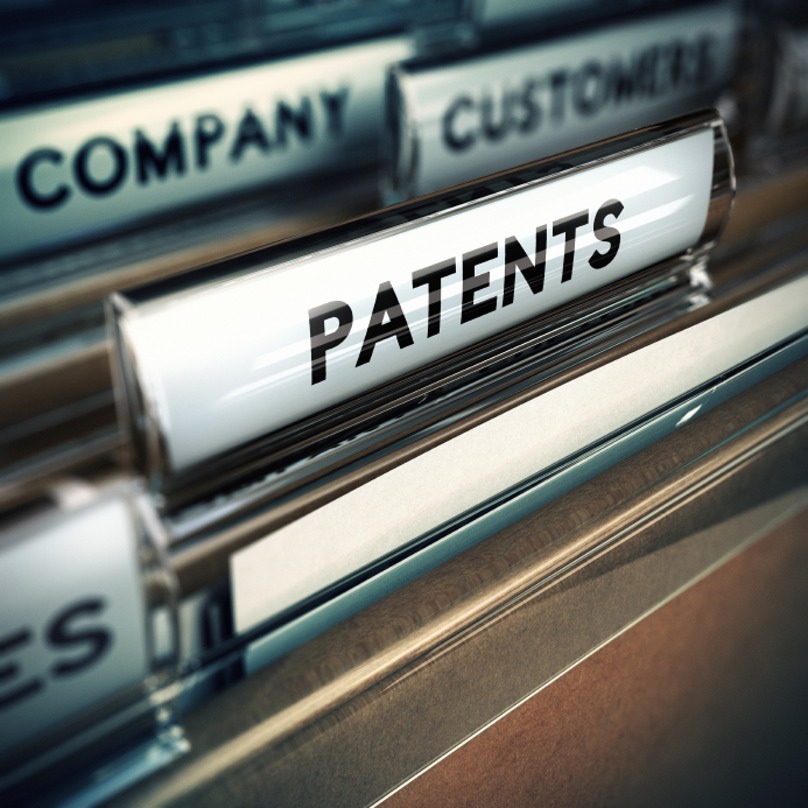Evaluate your situation and develop a strong patent strategy from the outset.
Do you want a patent, or do you need a patent? The patent process is long and expensive. Objectively evaluate your situation and how your invention would impact your business.
Do your homework and research your invention.
Consider a patentability search. These can be conducted to get a peek into what prior art may be used against your application. This can be helpful in determining if the patent process is worth the expenditure of time and resources to obtain.
Don’t delay.
Inventors are working against the clock both in terms of other inventors and their own actions. The U.S. is a “first to file” patent system, meaning that except for a few exclusions, the first inventor to file an application with the U.S. Patent and Trademark Office will be deemed the inventor for that invention. By statute, an applicant has one year from his or her own first public disclosure of the invention to file an application, or the invention is deemed to have lost its novelty as a matter of law.
Get a good nondisclosure agreement in place.
These agreements should be widely used in business whether or not patent rights are involved. However, they are truly instrumental when it comes to inventions. Eventually, most inventors have to disclose their invention to someone—either a potential customer, inventor or engineer to help the inventor finalize a design.
None of these situations should be approached without an NDA, at least not until a patent application is filed. First, an inventor risks a public disclosure by showing his invention to anyone without an NDA. Second, not all patent applications are approved. By disclosing your invention to others, you open the door to having someone take your idea from you without owing you compensation.
And if you are getting others to work on your invention, you should have them assign any rights they may generate in the invention back to you in the NDA.
Determine the inventors and get assignments up front if needed.
Inventions often involve multiple inventors, each of which has the right by default to practice the patented invention. An assignment is essentially the conveyance, sale or transfer of the intellectual property rights. Companies should have standing employment policies that obligate their employees to invent and assign rights back to them.
Consider a provisional application early in the process, but don’t be mistaken about what it really is.
In the first-to-file system, priority is almost everything. Even if a design is not fully materialized, an inventor can lay claim to the invention on a provisional basis for one year by filing a provisional patent application. This year does not count against the 20-year term of a formal patent claim. This will buy the inventor one year to finalize the invention, to find investors or to test the market. However, the provisional nature is limited to one year. The inventor must file a nonprovisional (think “actual, complete”) application within that year to benefit from that priority.
Time and time again, you will hear people say that they have a provisional patent. In reality, they don’t. A provisional application for patent merely gives the inventor one year to file a corresponding nonprovisional patent application for the invention. Filing a provisional patent application may allow the inventor to mark a idea as “patent pending,” but a provisional patent is not required to obtain a formal patent claim. An invention is either patented or it is not; there are no substantive legal rights in between. The provisional patent application is essentially an initial disclosure made to demonstrate that an invention was created. They are filed to attempt to prevent others from later claiming prior invention. The provisional application can be thought of as a place holder or a stake in the ground to claim and lock in a priority date for a claimed invention.
Develop your brand.
A patent is a useful tool. A patent helps deter competition, but it will not create a market for your invention. It is up to you to economize your invention by developing a strong brand with consistently good quality and customer service to attract customers.
Remember to maintain your patent by paying the appropriate fees.
Generally, utility patents expire after 20 years from the application filing date, subject to the payment of appropriate maintenance fees.
If a maintenance fee payment is missed, the patent protection lapses and the rights provided by it are no longer enforceable.
Maintenance fees are due three times during the life of a utility patent, but are not required for design or plant patents. It’s the responsibility of the patentee to ensure the maintenance fees and any required surcharges are paid on time to prevent expiration of the patent.
Determine early if you need to file for foreign protection.
The rights granted by a U.S. patent don’t expand beyond our country’s borders and have no effect in a foreign country, meaning an inventor who wants protection in other countries will have to apply for a patent in those countries. The cost of filing international applications can exponentially increase the cost associated with the patent process. But steps can be taken at the beginning of the patent process that would help reduce and defer some of those costs on the back end.


